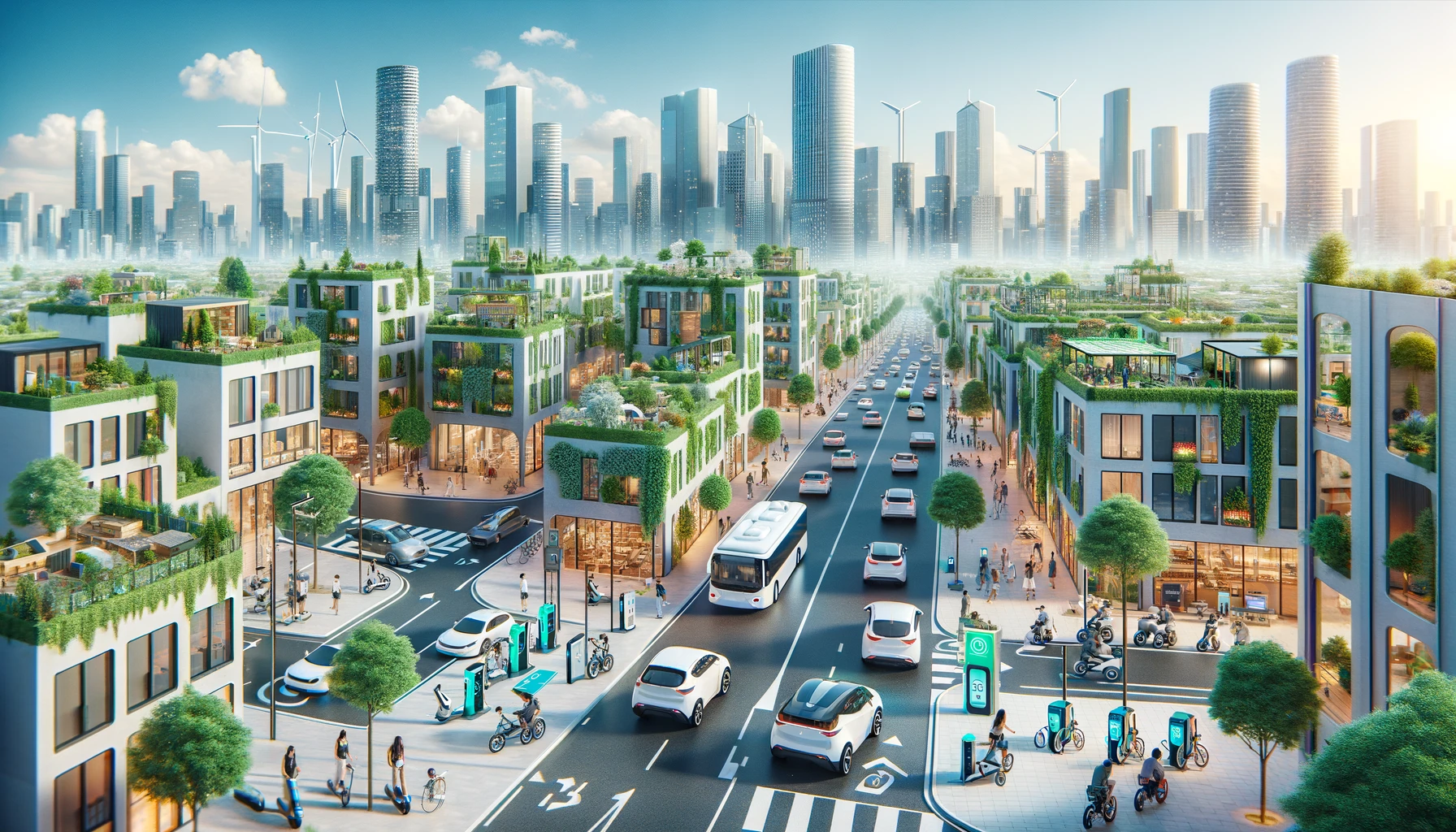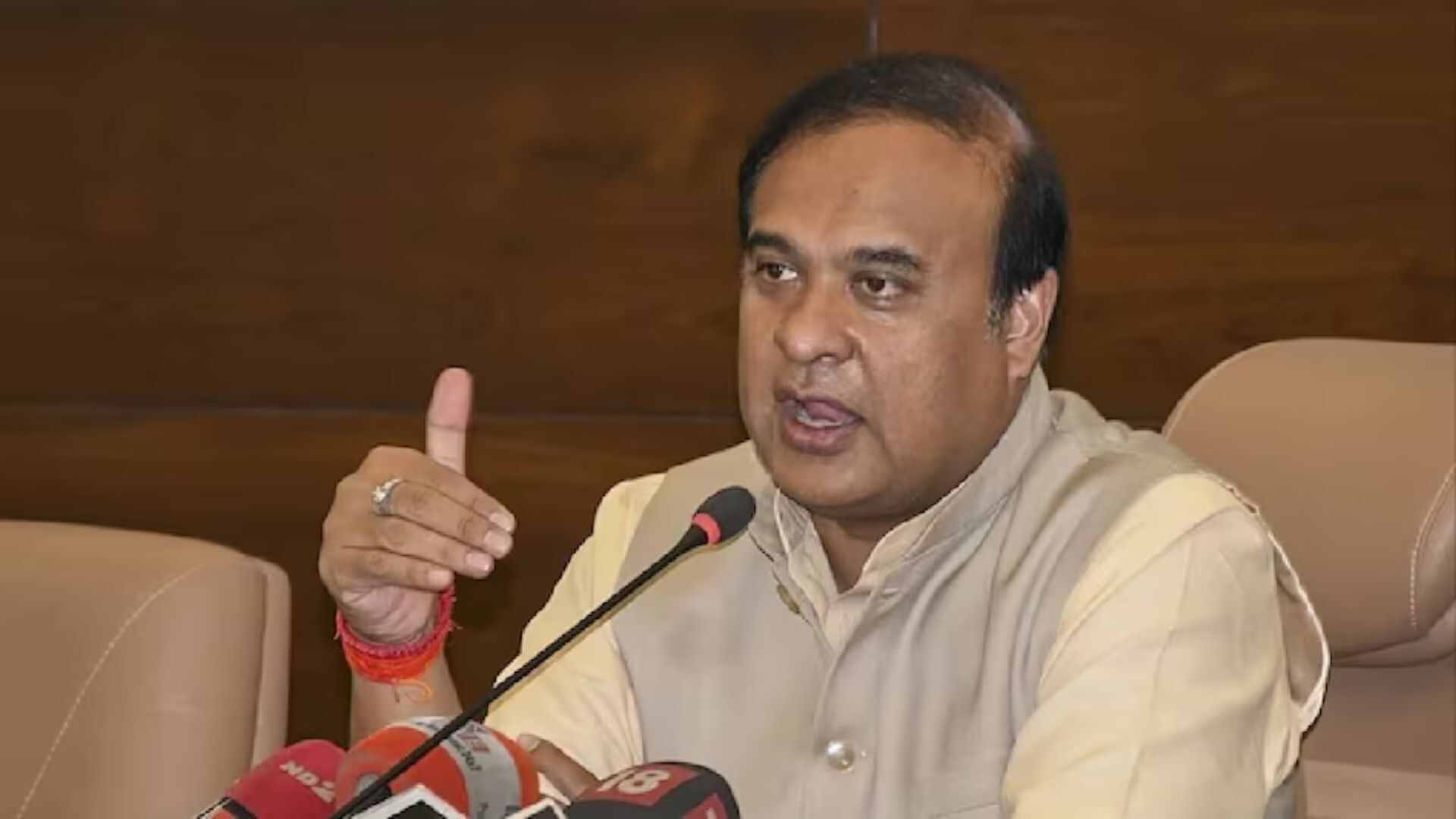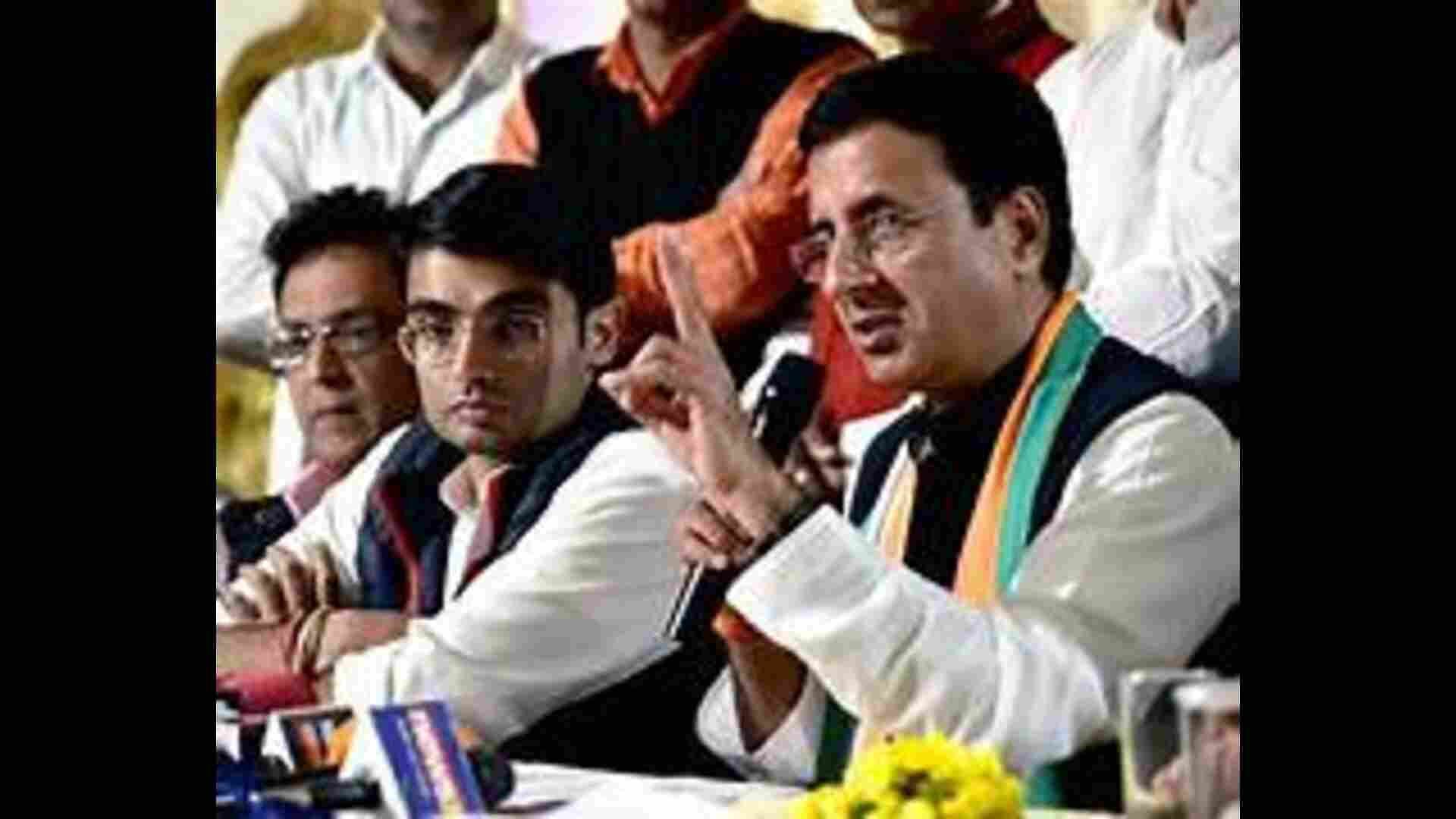The global urban population has been on an upward trajectory, with cities now accommodating more than half of the world’s population. This trend shows no signs of abating, with projections indicating that urban dwellers will make up 68% of the global population by 2050. This projected increase in urban dwellers represents a significant demographic shift. In Asia alone, over 2 billion people currently reside in urban areas. As cities expand to accommodate this influx of residents, challenges like suburban sprawl become increasingly prevalent. One of the most pressing issues in this regard is ensuring efficient transportation for residents navigating between residential areas, workplaces, commercial districts, and amenities. Effective transportation infrastructure not only facilitates movement but also plays a pivotal role in shaping the geographical and social landscape of cities, promoting pedestrianization, and mitigating congestion. Transportation is a substantial component of municipal expenditure, making it a focal point for innovation and entrepreneurship.
In this context, there are several transformative technologies poised to revolutionize urban mobility, including EVs. They offer a sustainable alternative to traditional combustion engine vehicles, reducing carbon emissions and dependence on hydrocarbon. With improved battery range and faster charging time and charging infrastructure, EVs are becoming more accessible and practical for urban dwellers. Governments and city planners are increasingly incentivizing the adoption of EVs through subsidies, tax breaks, and the development of charging networks, further driving their integration into urban transportation systems.
The rise of EVs and autonomous driving technologies is bringing a new era in urban transportation. Electric fleets contribute to cleaner air and reduced emissions in cities, while autonomous vehicles offer the promise of enhanced safety and efficiency in the movement of people and goods. The adoption of EVs brings significant environmental and economic benefits over traditional internal combustion engine vehicles. With over 70% energy conversion efficiency compared to under 40% in conventional vehicles, EVs boast lower emissions and reduced fuel costs. As battery costs decline and charging infrastructure expands, EVs are becoming increasingly cost-competitive and convenient. Many countries have set ambitious EV adoption targets, with automakers aiming for full electrification by 2030 or sooner. Beyond cars, electric buses, trucks, bikes, and scooters are also gaining traction. There is thus a need to reimagine charging infrastructure to maximize efficiency.
Micro-Mobility Solutions
Micro-mobility options such as e-scooters and bike-sharing programmes offer last-mile connectivity solutions, reducing congestion and promoting healthier lifestyles. The proliferation of electric micro-mobility vehicles marks a seismic shift in transportation, with benefits including reduced emissions and lower maintenance costs.
Mobility as a Service (MaaS)
Mobility as a Service (MaaS) platforms integrate various transport modes through a single-user app, enabling seamless travel planning, booking, payments, and ticketing. These apps offer convenience for users and valuable data insights for cities to optimize transit capacity and operations. As more users transition from private cars to shared transport, MaaS has the potential to transform urban mobility.
Vehicle-to-Everything (V2X) Communication
V2X communication facilitates data exchange between vehicles, infrastructure, and pedestrians. This also allows for coordinated maneuvers and includes features such as emergency electronic brake lights. Combined with autonomy, V2X connectivity holds immense potential to minimize accidents and bottlenecks. Advanced networks like 5G and protocols like DSRC are crucial for split-second reliable connectivity essential for V2X.
Advanced Navigation Systems
Real-time navigation systems leverage rich data sources, such as real-time traffic information, satellite imagery, and historical route data, sand AI. By doing so, they offer personalized recommendations, alternative routes, and hyperlocal traffic predictions. Innovations like augmented reality and heads-up displays elevate navigation from static platforms to contextual digital assistants, enhancing the overall travel experience.
As transportation technology continues to evolve, there is a need for thoughtful regulation and planning to maximize benefits and minimize disruption across economies, communities, and the workforce. While challenges such as data privacy, cybersecurity, and job displacement persist, the transformative potential of these breakthrough technologies in reshaping urban transportation cannot be understated. The future of urban mobility depends on innovation, adaptation, and preparation as we strive for more connected sustainable and efficient mobility landscape.
Tushar Choudhury is Founder & CEO, Motovolt Mobility.







